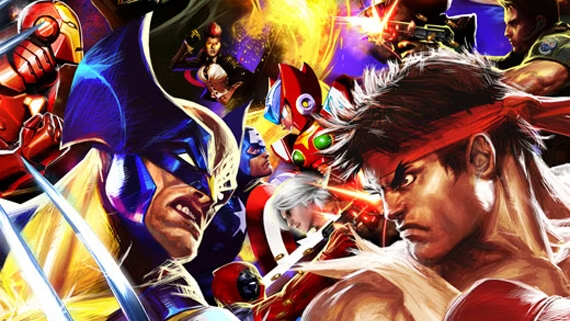With the release of the Marvel vs. Capcom Fighting Collection closing in this September 12, it’s worth looking back at one of the installments in the series that isn’t included in the collection—Ultimate Marvel vs. Capcom 3.
Ultimate Marvel vs. Capcom 3 is a crossover fighting game developed by Capcom, which was released in November 2011. It served as an updated version of Marvel vs. Capcom 3. This version reintroduced 3v3 combat, together with assist calls, an expanded roster, an updated control scheme, and the introduction of “X-Factor.” X-Factor is a one-time comeback mechanic that offers increased damage, speed, and health regeneration for a short period of time.
While having great core mechanics and a striking visual art style are key elements that make a fighting game memorable, the roster always carries much of its legacy. For example, when you look at the Smash Brothers series, you remember moments like Sonic the Hedgehog—THE Sega mascot—going up against Mario, or the final downloadable character, Sora from Kingdom Hearts, shaking Mario’s hand. You could even see characters like Garfield, a cat who hates Mondays, or LeBron James, an NBA superstar, in fighting games like Nickelodeon All-Star Brawl and MultiVersus, respectively. While their games may not have received as much fanfare due to various issues, the fact that they’re included in fighting games is what makes those moments memorable.
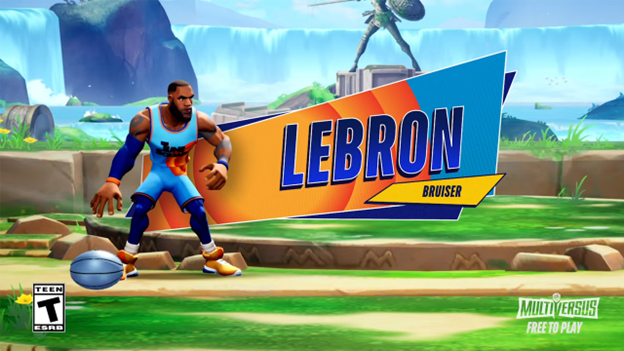
Returning to Marvel vs. Capcom 3, adding Marvel mainstays like Spider-Man, Wolverine, and Captain America, or Street Fighter regulars like Ryu, Chun-Li, and Akuma (known as Gouki in Japan), isn’t too difficult since there’s already a framework in place from their previous incarnations.
But what about the other slots? Both the Marvel and Capcom rosters have a deep history to pull from, but keep in mind that Capcom makes games beyond fighting games.
#5 Dante (Devil May Cry Series)
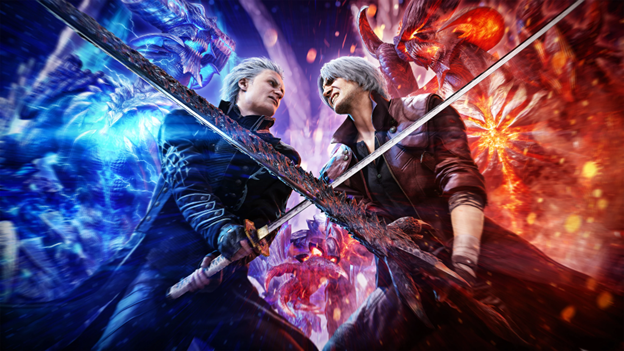
Before all the husbando hype surrounding gacha games like Genshin Impact, Honkai Star Rail, and Love and Deepspace, and before action-adventure games like God of War and Wukong came on the scene, there was Devil May Cry.
The Devil May Cry franchise was originally planned to be the original version of Resident Evil 4, but it was found to be too different and ended up as its own game.
While, in hindsight, Devil May Cry played out like a button-mashing fiesta, it introduced one of the original gaming husbandos—Dante (and later his twin, Vergil)—along with an absurd combo rating system.
This system ranged from D (Dull or Dope, depending on the game) to SSS (ranging from SSStylish!!! to Smokin’ Sexy Style!!). Over time, different weapons and transformations, specifically Devil Trigger, were added, turning these elaborate combos into something even more impressive.
We had this cool character, we had this cool franchise, but how do we put Dante into a fighting game?
UMvC3 achieved this by giving him one of the most extensive movelists available.
Imagine transitioning from a sword thrust to pistols, into a teleport, and then throwing in a guitar solo in between. While it sounds nonsensical listing it out like this, this is the Devil May Cry experience. It even keeps the spirit of having combos as elaborate as possible, giving this transition an SSS ranking.
#4 Frank West (Dead Rising Series)
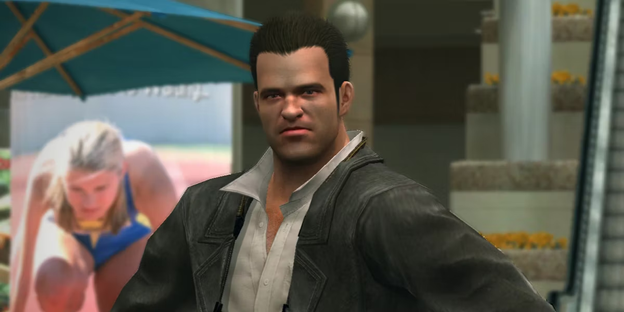
Remember the good old days when “Suntukan sa ACE Hardware” was circulating over on Facebook? Or what about the craze for Left 4 Dead?
When you mix both of these together, you end up with Dead Rising, an action-adventure game featuring zombie survival in a mall.
It was a simpler time back then, with zombie survival horrors being all the rage. What set Dead Rising apart from the rest was not just the satisfying way you could mow down paper-thin zombies but also the creative ways in which you could do it.
Sure, you could hit a home run with a zombie’s head using a bat, but have you ever considered double chainsaws on a paddle? Or maybe a shopping cart?
Frank West’s placement in UMvC3 was unique, as it emulated the Dead Rising experience of starting with nothing and gradually finding better items. His gameplay had a leveling system that corresponded to the number of hits recorded by Frank through his camera, simulating his progress in a zombie outbreak.
Those examples I mentioned with the baseball bat and shopping cart? That’s how he transitions from level 1 to level 4, improving his moveset along the way, complete with weapons and even an anti-air super art. He may just be a regular Joe, but Frank has covered wars, you know?
#3 Arthur (Ghosts ‘N Goblins)
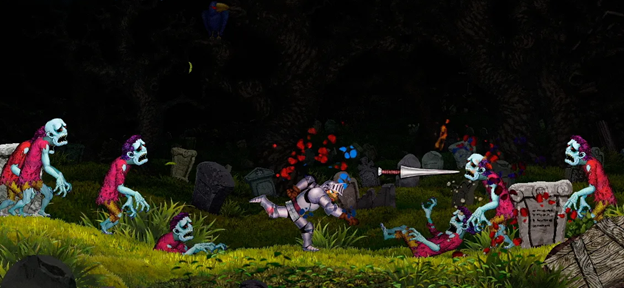
Remember seeing the frustration of a gamer attempting to play Cuphead?
Now, picture yourself at your local arcade, watching someone play Metal Slug and lose after getting hit just once despite all the effort. Now, take that same scenario, add a blockier package, wizardry, and a nice pair of heart-covered boxers, and you’ve got the Ghosts ‘N Goblins series.
Unlike other entries on this list, Arthur from Ghosts ‘N Goblins had already appeared in the Marvel vs. Capcom franchise, albeit as an assist character in the first Marvel vs. Capcom game. Unlike other characters, however, Arthur’s limited movement, due to coming from a different kind of game, could have hampered his presentation in UMvC3.
But this was compensated by his unique playstyle.
While there’s nothing wrong with characters having similar playstyles, variety is the spice of life, and Arthur’s zoning gameplay added an interesting, though infuriating, layer. His arsenal, including his iconic lance, crossbow, fire bottle, chakram, and even the goddess bracelet, helped create this bullet-hell nightmare for opponents.
It’s kind of funny looking back—he was once saving a princess from hell, and now he’s bringing his UMvC3 opponents into their own personal bullet hell.
#2 Amaterasu (Okami)
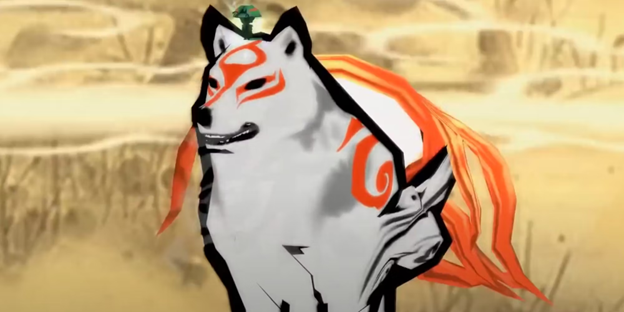
Move over, Thor—there’s another god in UMvC3, and she controls not only thunder but other elements, too!
Amaterasu (we’ll call her Ammy from here) comes from Okami, an adventure game released in 2006 that featured a unique art style using brushstrokes as part of its gameplay. It was released during that awkward phase of the PS2’s life cycle, when the console was nearing its end, and initially, it didn’t get much fanfare.
However, Okami has since become a cult classic over time.
Due to its PS2-era graphics, it wasn’t too difficult to imagine how Ammy would move in UMvC3. One detail that I’ll always respect is how a flower trail follows her, just like in Okami. Another challenge was how Ammy wasn’t humanoid in nature. Even shorter characters like Servbot or Roll from previous MVC games were humanoid and could punch, kick, and throw projectiles. So how do you handle Ammy?
The answer: tools.
Interestingly, Ammy wasn’t the only quadruped fighter in 2011—Sif from Dark Souls 1 also wielded tools. However, what made Ammy unique was that she was a stance character. Ammy wielded divine tools such as Divine Retribution, Tsumugari, and Devout Beads, making her not just versatile, but also one of the goodest girls out there.
#1 Phoenix Wright (Ace Attorney Series)
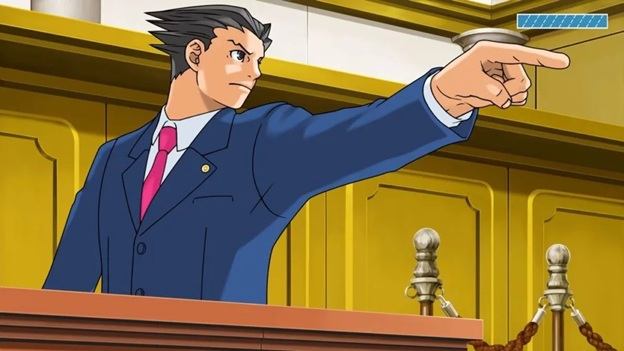
In the eyes of the law, even titans can fall—and that’s why Phoenix Wright tops this list. Plain and simple, he’s a lawyer. No magic, no mysticism, no technology or divine intervention required—he’s Phoenix Wright, attorney at law, from the Ace Attorney series.
Unlike the other games mentioned, Ace Attorney doesn’t involve any physical combat.
Sure, there are fights in the games, but these are legal battles, not the Mortal Kombat kind. You fight for the rights of your clients in a system that mirrors the Japanese legal system, but again—no punches, kicks, or hammers here.
What makes Phoenix Wright unique and true to his original incarnation are his in-game stances: Investigation, where he looks for evidence; Courtroom, where he uses that evidence; and Turnabout mode, where he turns a fight around, just like he does in Ace Attorney.
If you thought a lawyer chasing you was scary, wait until he finds evidence you committed a crime. His level 3 super attack in Turnabout mode shows the law leaves no prisoners. Could you imagine suing Doctor Doom, a sovereign of Latveria, and having him concede mid-air? Well, you can as Phoenix Wright.
You know who else he sues? Galactus—for atrocities against the universe, which, believe it or not, actually happens in his ending.
Still Waiting for Marvel Vs. Capcom 4
While there hasn’t been any news on a new Marvel Vs Capcom game being developed, the fact that anybody from their IPs could be used in a fighting game brings so much excitement as a fan.
Here’s to hoping Marvel Vs Capcom 4 gets released one day with the wildest characters to come.


